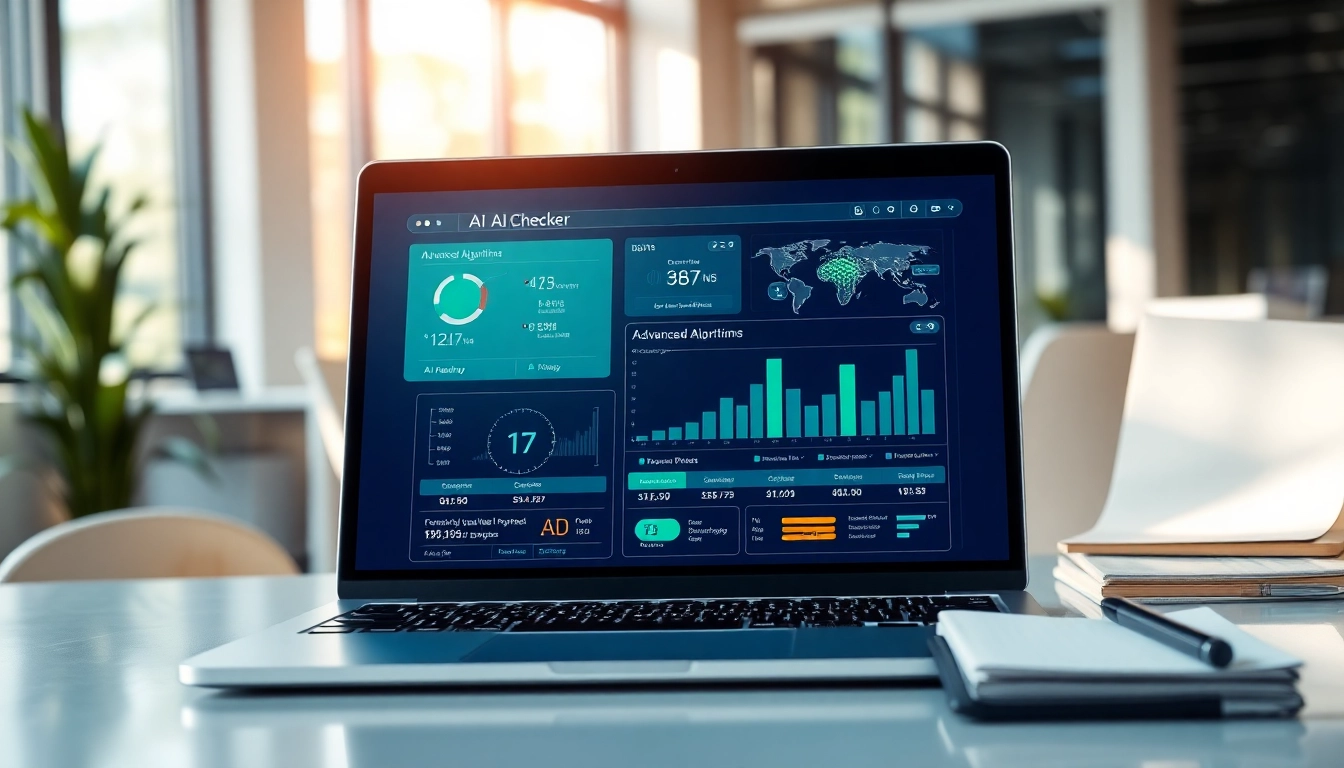Understanding the Fundamentals of Website Design
Website design is a multifaceted discipline that encompasses a range of skills and techniques for creating and maintaining websites. It includes various components such as web graphic design, user interface design, and authoring that involves standardized code and proprietary software. By understanding these fundamentals, designers and developers can create visually appealing, user-friendly, and functional websites that effectively serve their target audiences. For businesses looking to stand out in the digital marketplace, mastering website design is crucial.
Key Components of Website Design
The key components of website design highlight essential elements that contribute to creating effective websites. These include:
- Visual Design: The aesthetic aspect of a website, including layout, color schemes, typography, and images.
- Content: The information conveyed through text, images, videos, and other media that fulfill the site’s purpose.
- Navigation: The way users move around the website, which should be intuitive and straightforward.
- User Interface (UI): The interactive elements of a website, such as buttons, forms, and menus that enhance user interaction.
- User Experience (UX): The overall experience users have while interacting with the website, emphasizing ease of use and satisfaction.
The Evolution of Website Design Trends
Website design has evolved significantly over the years. Here’s a brief overview of major trends:
- Static Designs: Early websites featured simple, static layouts. Content updates required manual changes in code.
- Dynamic Websites: The introduction of content management systems (CMS) allowed for more complex, interactive sites where users could generate content.
- Responsive Design: As mobile usage grew, designers adopted responsive techniques to ensure websites looked good on all devices.
- Minimalism: Current trends favor clean, minimal designs that emphasize usability and speed, focusing on fewer elements that deliver a powerful impact.
Importance of Responsive Design
Responsive design is essential in today’s digital landscape. This approach ensures that websites automatically adjust their layout and content based on the user’s device, whether it be a desktop, tablet, or smartphone. By employing a responsive design, websites can improve user experience and accessibility, ultimately leading to better engagement and lower bounce rates.
Best Practices in Website Design
To create a compelling online presence, it’s crucial to adhere to several best practices that enhance both aesthetics and functionality.
Utilizing User Experience Principles
Effective user experience (UX) design begins with understanding user needs and behaviors. To optimize UX, consider the following principles:
- Research and Analysis: Perform user research to comprehend your audience’s preferences and pain points.
- Personas: Create user personas to represent different segments of your target audience, helping tailor design decisions.
- Usability Testing: Regularly conduct tests to evaluate how users interact with your site, identifying areas for improvement.
Guidelines for Effective Visual Hierarchy
Visual hierarchy refers to how elements on a web page are organized and prioritized. Proper use of visual hierarchy can guide users’ attention and enhance navigation. Some strategies include:
- Size and Scale: Larger elements attract more attention; use size to emphasize important information.
- Spacing and Alignment: Consistent spacing and alignment create a clean layout, making it easier for users to scan content.
- Color and Contrast: Use contrasting colors to highlight key elements, drawing users’ eyes to call-to-action buttons or important messages.
Tips for Optimizing Website Performance
Website performance is critical to user satisfaction. Here are some tips to enhance speed and efficiency:
- Image Optimization: Compress images for faster loading times without sacrificing quality.
- Minimize HTTP Requests: Reduce the number of elements loaded on a page to enhance speed.
- Leverage Caching: Use caching techniques to store frequently accessed files and reduce server load.
Tools and Technologies for Website Design
In the rapidly advancing world of website design, familiarity with various tools and technologies can make a difference in the efficiency and quality of your work.
Must-Have Design Software
Several design software options exist to aid designers in creating effective websites. Popular tools include:
- Adobe XD: Excellent for designing user interfaces and prototyping layouts.
- Sketch: A vector-based design tool favored for UI and mobile application designs.
- Figma: A collaborative interface design tool that enables multiple users to work simultaneously.
Exploring the Role of Frameworks
Frameworks streamline the website development process. They provide pre-written code and structure, allowing for faster development cycles:
- Bootstrap: A popular front-end framework that simplifies building responsive websites.
- Foundation: A responsive front-end framework with advanced features for experienced designers.
- React: A JavaScript library for building user interfaces that can enhance the interactivity of your web applications.
Incorporating Multimedia Elements
Multimedia elements such as images, videos, and animations can significantly enhance user engagement. However, it’s essential to use them judiciously to avoid overload:
- Images: Ensure high-quality visuals that are relevant to your content.
- Videos: Short, informative videos can convey complex information quickly and effectively.
- Animations: Use animations sparingly to guide users without overwhelming them.
Common Challenges in Website Design
As designers navigate the complexities of website design, they encounter several common challenges. Addressing these proactively can facilitate smoother processes.
Addressing Accessibility Issues
Creating accessible websites ensures all users, regardless of disabilities, can effectively interact with content. To improve accessibility:
- Use alt text for images to describe visual content to screen readers.
- Ensure proper color contrast to aid visibility for those with visual impairments.
- Implement keyboard navigation for users who cannot use a mouse.
Navigating SEO Considerations
SEO, or search engine optimization, is vital for improving website visibility. Important techniques include:
- Keyword Research: Identify relevant keywords that your target audience is searching for and incorporate them naturally into your content.
- On-Page SEO: Optimize title tags, meta descriptions, and header tags to improve rankings.
- Quality Content: Create engaging, original content that addresses user needs and questions.
Balancing Aesthetics and Functionality
While aesthetics play a crucial role in attracting users, functionality must not be overlooked. To strike the right balance:
- Test design elements to ensure they serve a purpose.
- Prioritize features based on user needs while maintaining an attractive visual style.
- Regularly gather feedback to assess the effectiveness of both design and functionality.
Measuring Success in Website Design
To evaluate the effectiveness of a website, it’s essential to measure and analyze its success based on specific metrics and feedback.
Key Performance Metrics to Track
Tracking various performance metrics helps assess how well a website is meeting its goals:
- Traffic Analytics: Review traffic to identify popular pages and traffic sources.
- Conversion Rates: Measure the percentage of visitors who complete desired actions (e.g., signing up for a newsletter).
- Bounce Rates: Monitor the rate at which visitors leave your site after viewing only one page, indicating content effectiveness.
Gathering User Feedback Effectively
User feedback is invaluable for continuous improvement. To gather insights effectively, consider:
- Surveys and Questionnaires: Use tools to collect user opinions on specific design aspects.
- User Testing: Conduct sessions where real users interact with the website and provide contextual feedback.
- Analytics Tools: Utilize heat maps and session recordings to observe user behavior and identify friction points.
Continual Improvement Strategies
Website design is not a one-time project but a continuous process. Implement strategies for ongoing improvement:
- Regular Updates: Frequently refresh content and features to keep the website engaging.
- A/B Testing: Experiment with variations of elements (such as color or layout) to determine what resonates best with users.
- Stay Updated on Trends: Keep abreast of the latest design trends and technologies to remain competitive.



